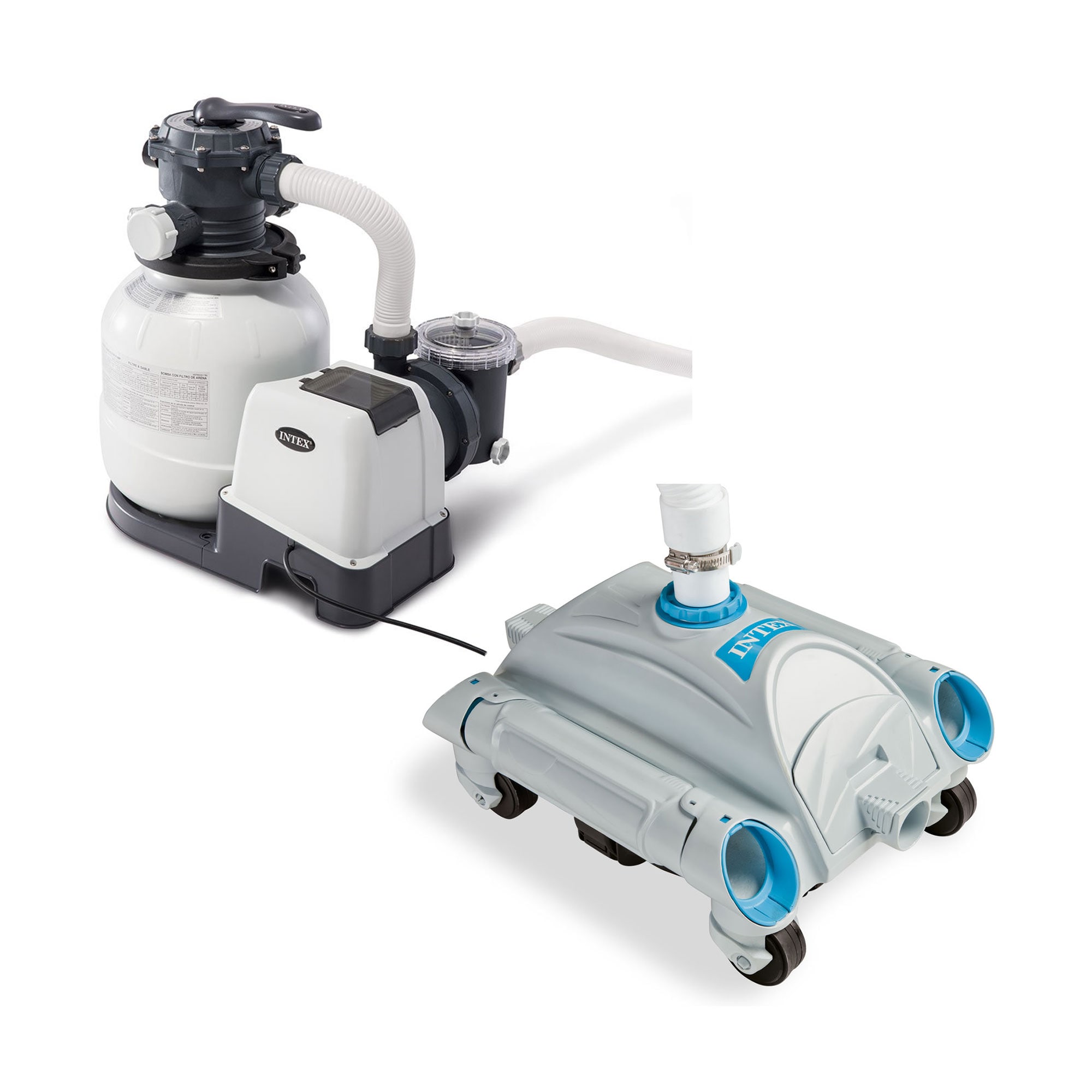
Is there are wrong choice when picking out your next filter media? Nope. The labor cost alone will more than make up for the initial cost of recycled glass. If you are using silica sand or Zeolite you may be changing that media 2-3 times over the course of 10 years. But if you look over the course of 10 years maybe not. Is this a more expensive form of filter media? Yes. There are companies such as VitroClean who tout that the recycled glass can last up to 10 years. Glass media uses all of the filtering media down to the pea gravel. The other thing that separates this media from the other two is that sand and Zeolite only use the top 6” of the media bed to filter out debris. The glass particles have a slightly negative charge which attracts smaller particles allowing it to filter between 5 and 10 microns. This saves on water and chemical costs and that adds up when you look at the annual numbers. One advantage is that we are finding glass needs to be cleaned less frequently. Recycled glass is compatible with all sanitation systems. We are finding that using a glass media not only gives you superior filtering for better water clarity, but it lasts longer. Say what? Glass? To filter pool water? Well sure! Not only is it environmentally friendly, but it actually works. The last option we’ll filter through is recycled glass. Also, keep in mind your pool water will be cleaner with fewer suspended particles.
SILICA SAND FOR POOL FILTER PRO
Zeolite is more expensive but if you are having the media changed by a pool pro the money you save on labor because you don’t have to change it out as much makes up for some of the expense. Zeolite is also supposed to last 5-7 yrs as opposed to the 3-5 of silica sand. If your filter requires 300 lbs of silica sand, you only need 150 lbs of zeolite. You only require half as much zeolite as your normal silica sand. It is not the end of the world if the dust gets in into your pool, it just takes a few days to filter out so it is nice to avoid it if you can. I recommend backwashing for 3-5 minutes, running the rinse cycle for a minute and repeating the process before going into normal filter mode.
SILICA SAND FOR POOL FILTER INSTALL
This dust will run out into your pool after you install the zeolite for the first time if you do not do a thorough backwash first. When you put it in your filter you will notice a lot of dust. But there are a couple things to keep in mind if you’re considering zeolite as a filtration media. Zeolite boasts to filter down to 5 microns clearly making it a superior filtering media to the silica sand. Without getting too technical, zeolites are microporous and the voids in the media are ideal for catching debris flowing through your filter. Natural zeolites form where volcanic rocks and ash layers react with alkaline groundwater. The other thing you need to know is that the average silica sand will last 3-5 years depending on pool usage and the foliage around the pool. So, silica sand will get some algae, but if you have an outbreak it will be necessary to use a clarifier to group the algae cells together in order to get it caught in the filter.

Volvox can get huge–up to 500 microns (half a millimeter–visible to the naked eye). One thing to keep in mind is that the dreaded unicellular green algae are 5-10 microns in diameter, not including the flagella (add an extra 10-30 microns for the flagella). As you can see from our chart above it will take care of most suspended solids in the pool water. Number 20 silica sand will filter down to 20 microns. Not all sand is created equal and if you are going to replace your old media with sand, silica sand is the way you need to go. Silica sand is the oldest of the filtering medias.

Now let’s talk the major players in filtering media.


 0 kommentar(er)
0 kommentar(er)
